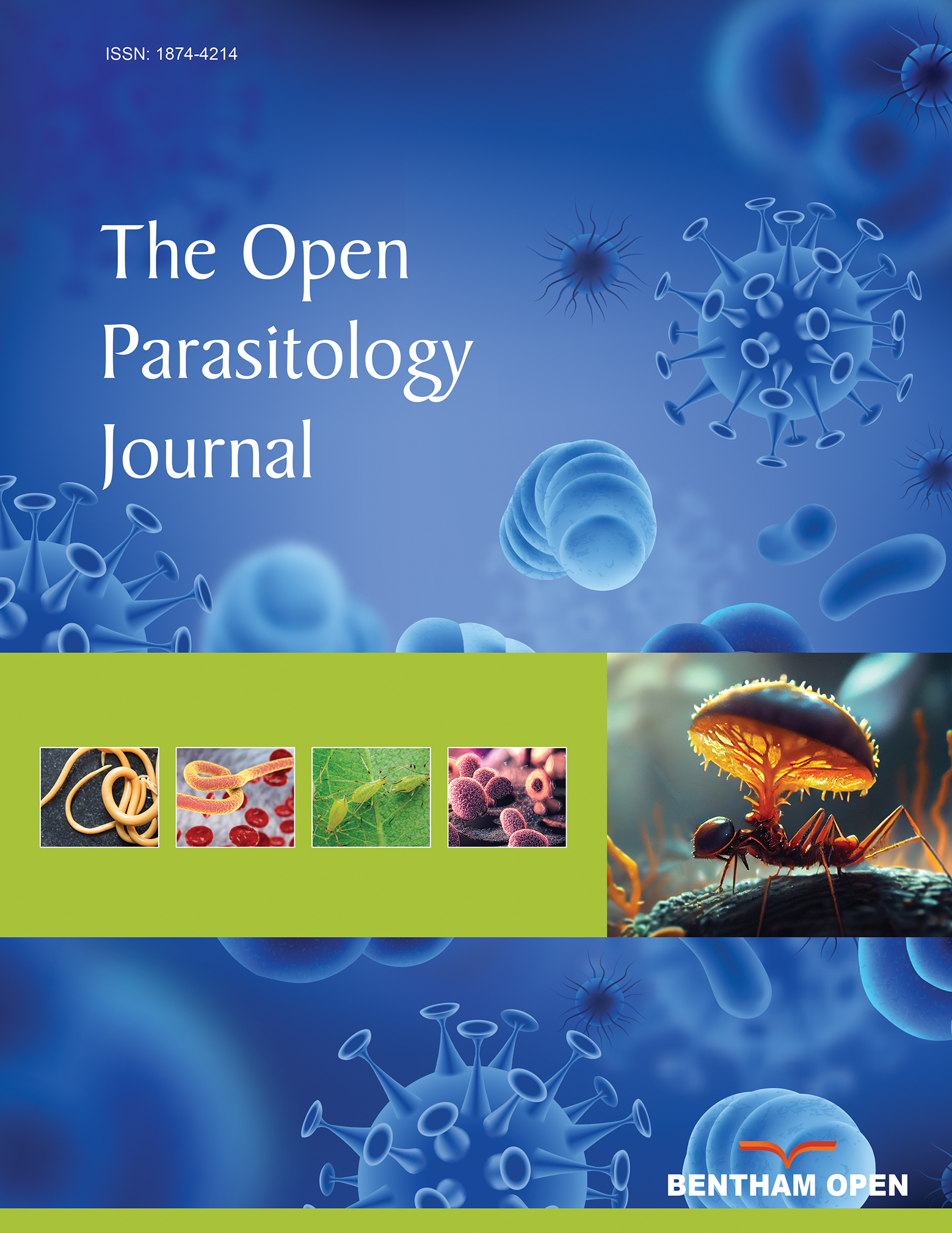NcGRA2-RT-PCR to Detect Live Versus Dead Parasites in Neospora caninum-Infected Mice
Abstract
In the present work, we optimized a recently established NcGRA2-RT-PCR based on RNA to detect live Neospora caninum parasites in tissue, and compared the results with the conventional inoculation of diagnostic specimen onto cell culture. C57BL/6 mice were experimentally infected with Nc-1 tachyzoites and subsequently euthanized 6 or 12 days post infection (dpi). Selected organs were used to search for parasites by (i) PCR using genomic DNA (gDNA), (ii) PCR using cDNA and (iii) in vitro inoculation of cell culture. At 6 dpi, Neospora-gDNA was detected in 34 out of 36 organs. Viable parasites were detected in 11 (NcGRA2-RT-PCR) and 15 (in vitro cultivation) out of 36 organs. Comparison of NcGRA2-RT-PCR and in vitro detection gave a fair agreement (kappa 0.29), whereas comparison of PCR using gDNA and RT-PCR or in vitro detection resulted in a slight agreement (kappa 0.05 and 0.08, respectively) only. At 12 dpi, parasite gDNA was found in 10 out of 36 organs. In 7 of these organs viability of parasites was confirmed with NcGRA2-RTPCR and growth of parasites in cell culture. Comparison of NcGRA2-RT-PCR and in vitro detection gave a substantial agreement (kappa 0.8), whereas comparison of PCR using gDNA and RT-PCR or in vitro detection resulted in a moderate agreement (kappa 0.59 and 0.77, respectively). As NcGRA2-RT-PCR is almost as sensitive as in vitro cultivation in detecting live parasites, it represents a fast, easy and safe method of viable parasite detection, and thus an attractive alternative to the in vitro cultivation approach.


